Ford Transit Goes Green for 2022

It doesn’t come as a surprise, what with Ford’s concerted push in this direction. Nevertheless, Ford Motor Company announced late Tuesday that its Transit van, most often seen wearing a gleaming, sterile shade of white, will soon don a cloak of green.
The Blue Oval aims to be the first major player in the electric commercial vehicles market.
“Commercial vehicles are a critical component to our big bet on electrification,” said newy minted chief operating officer Jim Farley in a statement. “As leaders in this space, we are accelerating our plans to create solutions that help businesses run better, starting with our all-electric Transit and F-150. This Ford Transit isn’t just about creating an electric drivetrain, it’s about designing and developing a digital product that propels fleets forward.”
The Transit EV’s foray to the U.S. and Canada wasn’t unexpected, given Ford’s pledge of a Transit EV for Europe in 2021. Last year, the automaker introduced a plug-in hybrid variant of the overseas Transit Custom midsize van.
Aimed at urban fleets making last-mile deliveries, the Transit EV makes more sense than, say, an electric version of a vehicle that spends most of its time hauling heavy loads on the highway. The upcoming eco-rig will boast the Ford Telematics modem and Ford Data Services tools made available to drivers and fleet operators for 2020.
What remains a mystery is just how much range an operator can expect from this American-made model. Ford isn’t hazarding a guess. Regardless, it looks to be a big push, with the automaker promising cargo van, cutaway, and chassis cab variants. Three roof heights and three body lengths will be on offer.
The Transit just wrapped up its best year to date, with U.S. sales rising 11.7 percent in 2019. Its baby brother, the Transit Connect, also posted a healthy gain, rising 30.3 percent.
[Image: Ford]

More by Steph Willems
Latest Car Reviews
Read moreLatest Product Reviews
Read moreRecent Comments
- ToolGuy 9 miles a day for 20 years. You didn't drive it, why should I? 😉
- Brian Uchida Laguna Seca, corkscrew, (drying track off in rental car prior to Superbike test session), at speed - turn 9 big Willow Springs racing a motorcycle,- at greater speed (but riding shotgun) - The Carrousel at Sears Point in a 1981 PA9 Osella 2 litre FIA racer with Eddie Lawson at the wheel! (apologies for not being brief!)
- Mister It wasn't helped any by the horrible fuel economy for what it was... something like 22mpg city, iirc.
- Lorenzo I shop for all-season tires that have good wet and dry pavement grip and use them year-round. Nothing works on black ice, and I stopped driving in snow long ago - I'll wait until the streets and highways are plowed, when all-seasons are good enough. After all, I don't live in Canada or deep in the snow zone.
- FormerFF I’m in Atlanta. The summers go on in April and come off in October. I have a Cayman that stays on summer tires year round and gets driven on winter days when the temperature gets above 45 F and it’s dry, which is usually at least once a week.



















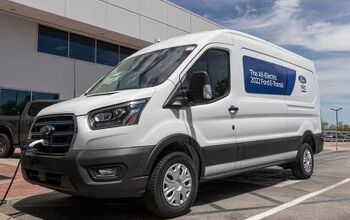

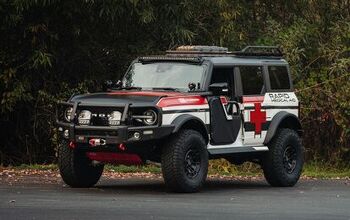
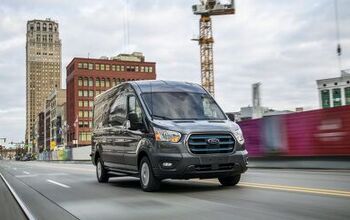

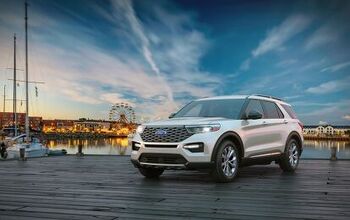






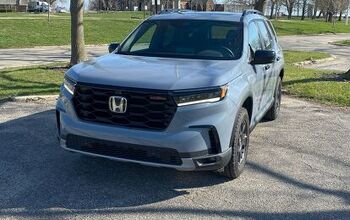


Comments
Join the conversation
Assuming an average speed of 30 MPH, an 8 hour shift would need 240 miles of range. Probably looking at a battery pack of around 120 KWh.
We can rest assured 100% that this product will launch exactly on time and have zero software issues. And now for the TTAC snark comment: "Great plan, if I want to haul 5 ounces for a distance of 4 feet." (Keeping cynical ammo dry for the future perfect storm of Ford + Electric + Cargo + Autonomous)